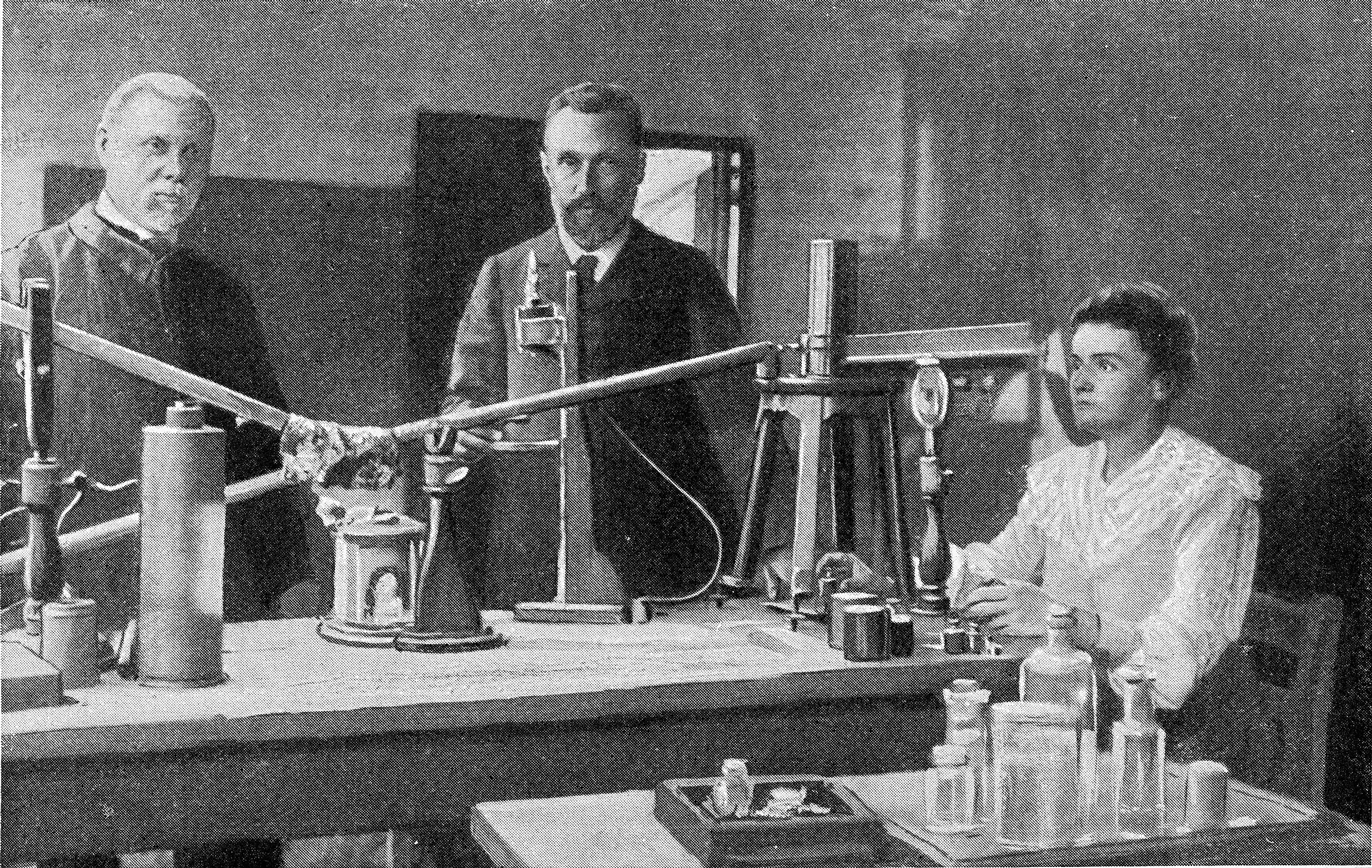
8 Greatest Women Inventors in History
From Marie Curie's groundbreaking discovery of radioactivity to Ada Lovelace's pioneering algorithm that a machine could process, these eight women have made significant and lasting contributions to science and technology. Their remarkable achievements have advanced the human understanding of the world and pushed the boundaries of what is possible. Whether discovering revolutionary treatments for diseases or inventing groundbreaking technologies, these women have forever changed the course of history.
Dr. Shirley Ann Jackson
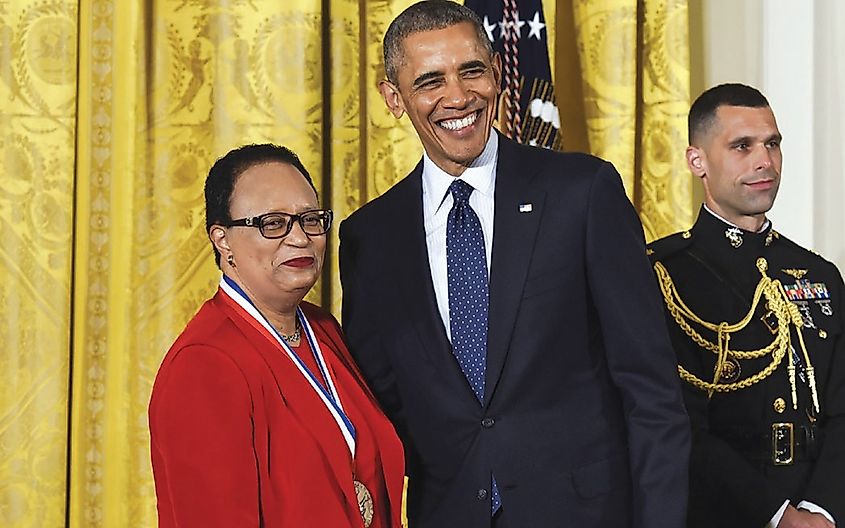
Dr. Shirley Ann Jackson is an American physicist and the first African-American woman to earn a physics doctorate from the Massachusetts Institute of Technology (MIT). She also stood as the 18th president of Rensselaer Polytechnic Institute. Born in 1946 in Washington, DC, Jackson credits her parents with instilling in her a love of learning and a belief that she could accomplish anything she set her mind to. Jackson attended Roosevelt High School, where she excelled in math and science. She went on to earn her bachelor's degree in physics from MIT in 1968. After working as a research assistant at Bell Labs, she returned to MIT to earn her Ph.D. in nuclear physics in 1973.
During her time at Bell Labs, Jackson made contributions to developing new technologies, including the first cellular telephone system and fiber optics. She also completed groundbreaking work on the impact of electromagnetic fields on human health. In 1995, President Bill Clinton appointed Jackson to head the US Nuclear Regulatory Commission (NRC). She served in this role for four years, during which time she oversaw the safety of the nation's nuclear power plants following the terrorist attacks of September 11, 2001.
TIME magazine named Jackson "perhaps the ultimate role model for women in science.” In 1999, she was inducted into the National Women's Hall of Fame. Dr. Shirley Ann Jackson is an inspiring figure whose achievements have impacted our world today.
Maria Telkes
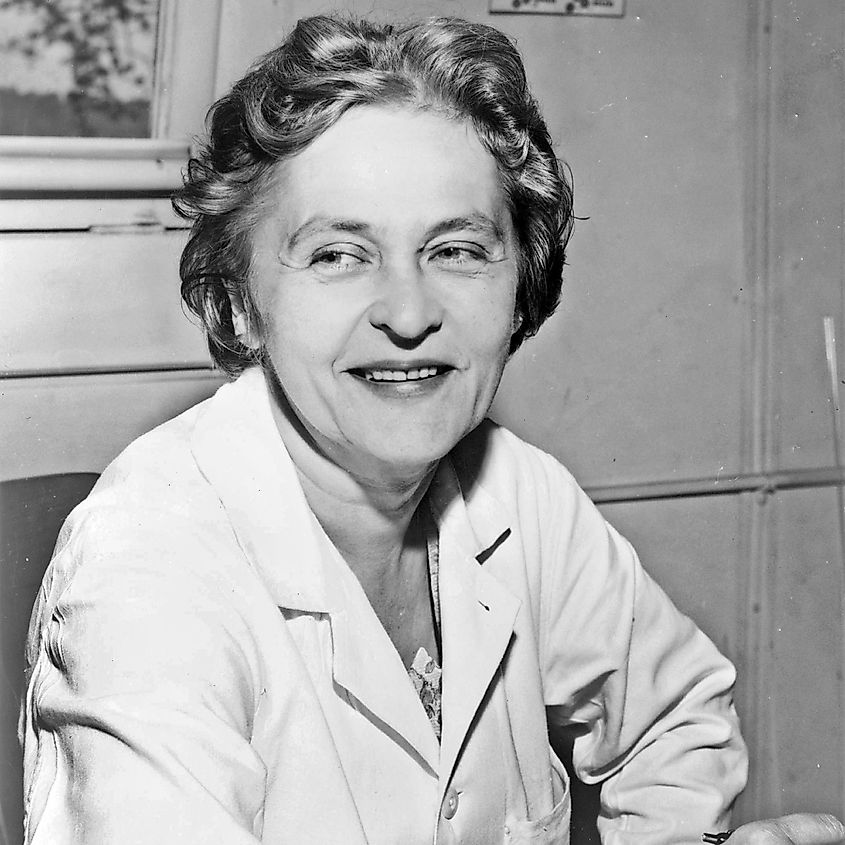
Maria Telkes was a Hungarian-born American inventor, biologist, and medical scientist who developed solar energy systems for residential buildings. Her work in this field helped to pioneer the use of efficient, renewable energy sources in domestic environments. Telkes was born in Budapest, Hungary, in 1900. She graduated from the Budapest University of Technology and Economics with a chemistry and chemical engineering degree. Throughout her career as an inventor, she worked on numerous projects that took advantage of her thermodynamics and solar energy storage expertise.
In 1947, she developed the first solar-powered air conditioner as part of a research project sponsored by MIT's Radiation Laboratory. This invention won her praise as one of America's most accomplished inventors, a title she held until her death at age 94 in 1995. However, it wasn't until 1948 that Telkes' work on residential solar energy finally came to fruition with the opening of Dover House, the world's first completely solar-heated apartment building in Massachusetts.
The success of this project enabled other efforts to move forward as well by spurring on industry elsewhere. The life's work of Maria Telkes is an inspiration to all who believe that sustainable solutions can offer tremendous opportunities for technological innovation. Her contributions were invaluable to advancing the use of clean energy resources at home and abroad; even today, they continue to provide practical and symbolic benefits to our society.
Stephanie Kwolek
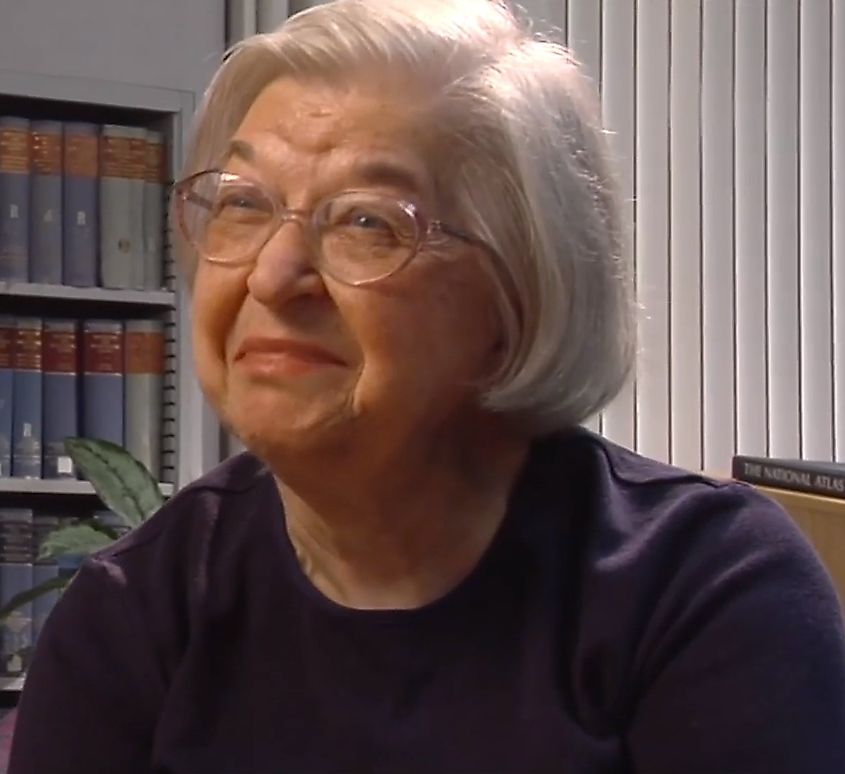
Stephanie Kwolek was an American chemist whose discovery of Kevlar revolutionized the safety of body armor and other protective applications. Born in 1923 in New Kensington, Pennsylvania, Stephanie Kwolek pursued a degree in chemistry at Carnegie Mellon University and graduated in 1946 with a Bachelor of Science. After graduation, she worked as a research chemist at DuPont until her retirement in 1986.
Kwolek's most notable achievement occurred during the mid-1960s when she developed an innovative polyamide, eventually known as Kevlar. This new material, five times stronger than steel but still lightweight and flexible, was beneficial for various industrial applications, including tires, tennis rackets, sailboats, and body armor for police officers and military personnel. In 1995 Kwolek was inducted into the National Inventors Hall of Fame and received numerous awards throughout her life, such as The Charles Goodyear Medal, American Chemical Society Award, and Perkin Medal. She was also the first female recipient of The National Medal of Technology—the highest honor given by the US Department of Commerce to recognize American technological advancements.
Kwolek's legacy continues today through several scholarships created in her name at Carnegie Mellon University and other organizations designed to help young women pursue degrees in STEM fields like chemistry or engineering. Stephanie Kwolek proved herself to be one of America's most outstanding chemists, inspiring generations to come with innovations that have changed the world forever.
Marie Curie
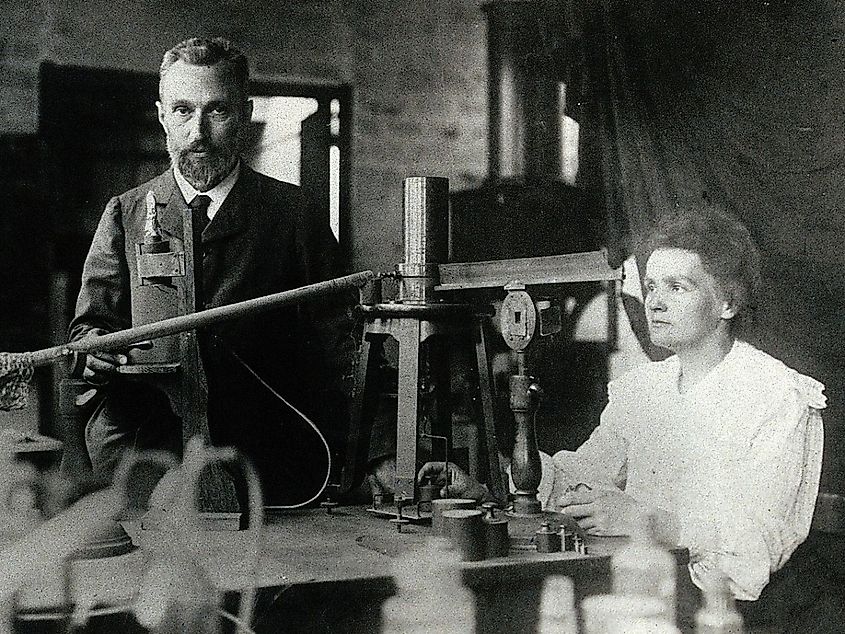
Marie Curie, born Maria Salomea Skłodowska in Warsaw, Poland, on November 7, 1867, was a physicist and chemist renowned for her groundbreaking research in radioactivity. She was the first woman to win a Nobel Prize and only the fourth person (and second woman) to win a Nobel Prize across two different disciplines, physics and chemistry. Marie's upbringing revolved heavily around education, she attended illegal underground classes during the repressive period of Russian occupation. Despite this setback, she obtained her degrees in mathematics and physics at the University of Paris-Sorbonne. It was here where she met her future husband, Pierre Curie, who would later become her scientific collaborator.
Together they discovered two new chemical elements, radium, and polonium, and coined the term radioactivity. Marie earned international notoriety for being the first woman to receive a doctorate in science from Sorbonne University and winning her first Noble Prize with Pierre for their work on radioactive substances, an accomplishment not seen before or since. After Pierre's passing, Marie became a professor at Sorbonne University, becoming one of France's leading researchers into radioactivity while also campaigning for women's rights within academia.
In 1911, Marie received a second Noble Prize—this time alone—for her discovery of two new elements, radium, and polonium, which ignited a global interest in studying radioactivity. During WWI, Marie set up mobile x-ray stations across battlefields in France, so wounded soldiers could be effectively treated, thus establishing x-ray therapy as an essential medical tool still used today.
Marie is one of the scientist's most influential pioneers—demonstrating that hard work can pay off despite any obstacles one may face. Her name lives on through innumerable worldwide monuments, awards, and scholarships that continue to inspire women to pursue scientific fields regardless of gender barriers or personal restrictions.
Ada Lovelace
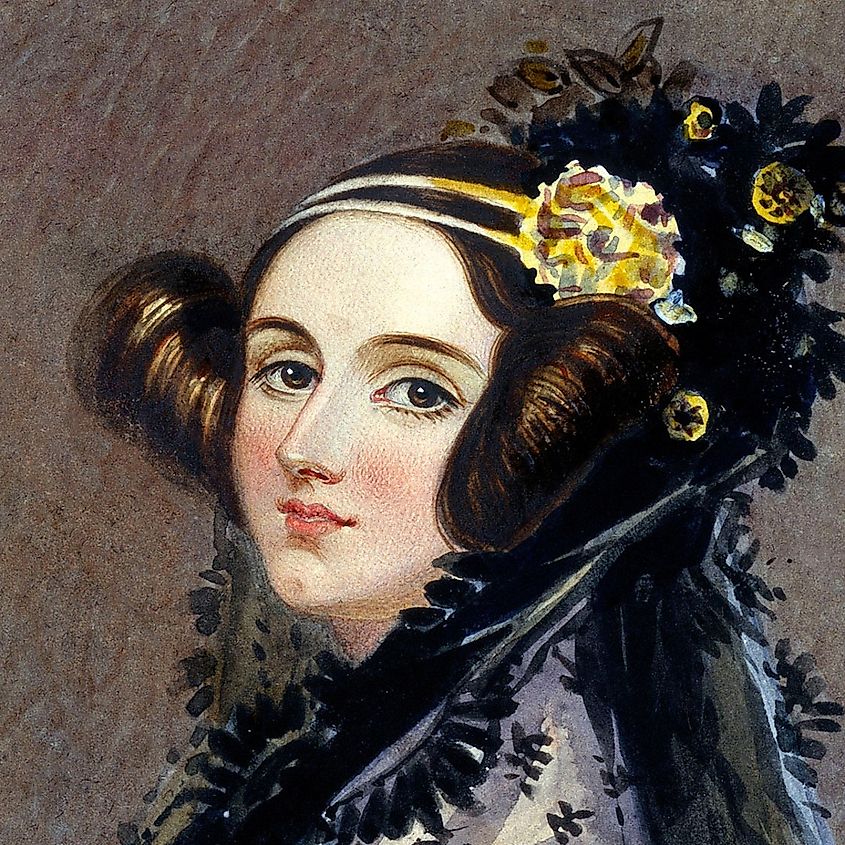
Ada Lovelace is widely considered the world's first computer programmer. Her influence in computing and mathematics was so seminal that she became known as the "first lady of computers." Ada Lovelace, born Augusta Ada King, was born on December 10, 1815, in London. Raised by her mother and educated mainly at home, with a focus on mathematics and science, she developed a passion for these subjects at an early age. She also had an interest in literature and poetry, two fields of study encouraged by her mother's side of the family, who had many notable intellectuals within their ranks, such as Romantic poet Lord Byron (her father).
From an early age, Ada demonstrated great aptitude for mathematics, but it wasn't until she became acquainted with Charles Babbage that her true potential began to shine. She wrote programs for his Analytical Machine, undoubtedly becoming the world's first computer programmer through this process. Her notes are some of the most comprehensive ever written on Babbage's machine and the "the earliest real example of a computer program in action." Ada's work included ideas about how codes could be created for machines to handle letters and symbols instead of numbers, something revolutionary for its time and not fully exploited until almost 100 years later with the invention of the modern computer. In addition to this groundbreaking contribution, Ada devised theories about artificial intelligence and the possibility for machines to think for themselves; these remain largely unproven to this day but are nevertheless attributed to her forward-thinking nature regarding computing technology.
Ada's lasting legacy lies in popularising the underpinning concepts that still drive progress in computing today: "a fusion between humans and machines." By approaching computing from both theoretical and practical perspectives, she demonstrated that machines could take input from a human user or scientist, manipulate it according to set algorithms or rules within code, then produce a specific output or result—setting up our modern digital infrastructure step by step through her pioneering work over 150 years ago.
Grace Hopper
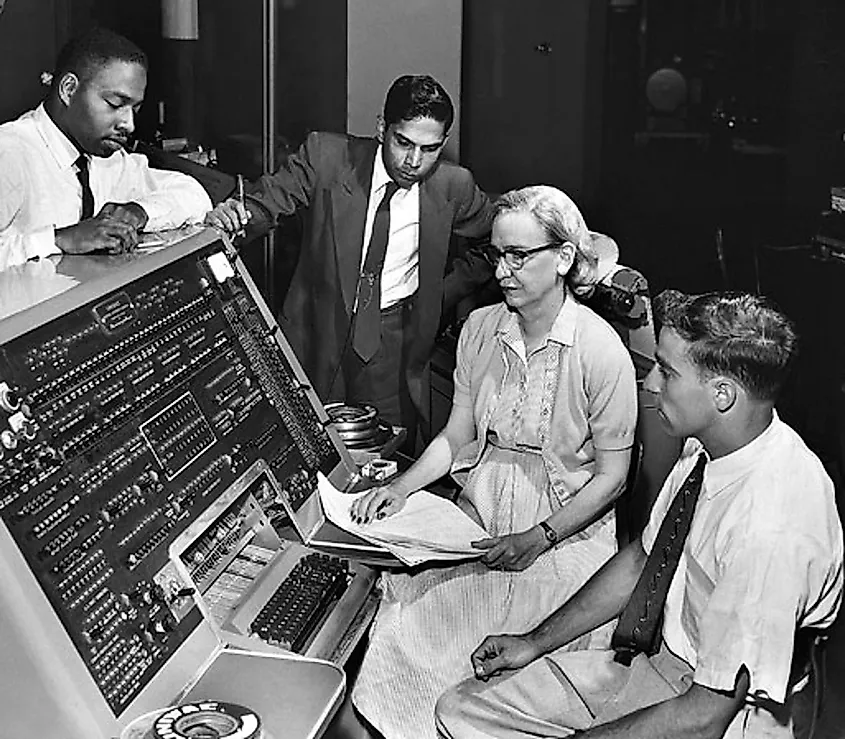
Grace Hopper, born December 9, 1906, in New York City, was an American computer scientist and United States Navy Rear Admiral. She is often referred to as "the first lady of software" due to her pioneering work in programming. Her career spanned almost six decades, from the 1940s until her death on January 1, 1992. Hopper took inspiration from mathematics from a young age and studied at Vassar College, graduating in 1928 with a bachelor's degree in mathematics and physics. She then continued her studies at Yale University, earning a master's degree and later a Ph.D. in mathematics in 1934.
After receiving her Ph.D., Hopper became a professor of mathematics at Vassar College until 1942, when she joined the Women Accepted for Volunteer Emergency Service (WAVES) during WWII. It was while working with WAVES that Hopper began researching computers, and she became one of the first programmers of the Harvard Mark I computer, arguably one of the earliest computers ever built. In 1959, Hopper introduced the world to Cobol—or Common Business Oriented Language—which revolutionized programming language and is still used in some cases today. The same year she also released her influential book "Understanding Computers and Computation," which detailed many concepts still used today, such as optimization problems and memory storage.
In addition, Hopper worked on other significant projects, such as Compiler language development and time-sharing systems. Hopper's incredible accomplishments are globally recognized with numerous awards, including the National Medal of Technology from President Reagan (1991), and IEEE Computer Pioneer Award (1994), among others. Additionally, in 2016 Google honored Hopper with a Doodle celebrating what would have been her 110th birthday. These accolades speak volumes about the importance of Hopper's legacy; even today, she continues to influence computing science across the globe, proving that there will always be room for pioneering women like Grace Hopper.
Ann Tsukamoto
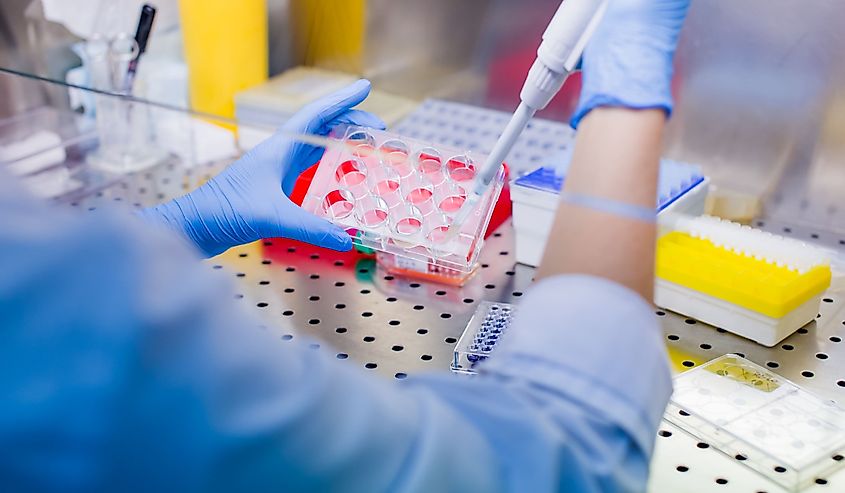
Ann Tsukamoto is a Japanese-American scientist and entrepreneur who made groundbreaking discoveries in stem cell technology. In her research, she pioneered the successful isolation of stem cells from adult humans for potential use in regenerative medicine. Her work has been widely recognized as it has opened up significant possibilities for the medical field that could save many lives. Tsukamoto was born in 1952 and grew up in California. She attended the University of California Los Angeles, receiving her Ph. D in immunology and macrobiology.
After graduating, she joined SyStemix Inc., a medical research company based in Palo Alto, California. It was here that Tsukamoto first began working on isolating hematopoietic stem cells from adult human bone marrow using monoclonal antibodies specific to the CD34 antigen. In 1991, Tsukamoto isolated the first human blood stem cells outside of the body—a breakthrough that allowed scientists to begin examining and manipulating them in laboratory settings. The implications of this discovery are impressive; current studies are focusing on ways to use these stem cells as replacements for damaged or diseased tissue or organs.
In 1998, she joined Stem Cells Inc., a biotechnology company specializing in cellular therapies based on Tsukamoto's findings. Tsukamoto has had an impressive career with numerous accomplishments, including over one hundred patents issued for her research, election to the National Academy of Sciences for achievements related to genetic engineering, 20 awards from various organizations, including "Woman Inventor of Year" (2000), "Lemelson MIT Prize" (2001) and is one of six "Outstanding Young Women" by YM magazine (1993). She continues her work today as CEO of StemPath Inc., advising other corporations doing similar work and continuing with her own projects related to improving existing methods, newer treatments, and specialized applications based around stem cell technology.
Gertrude B Elion
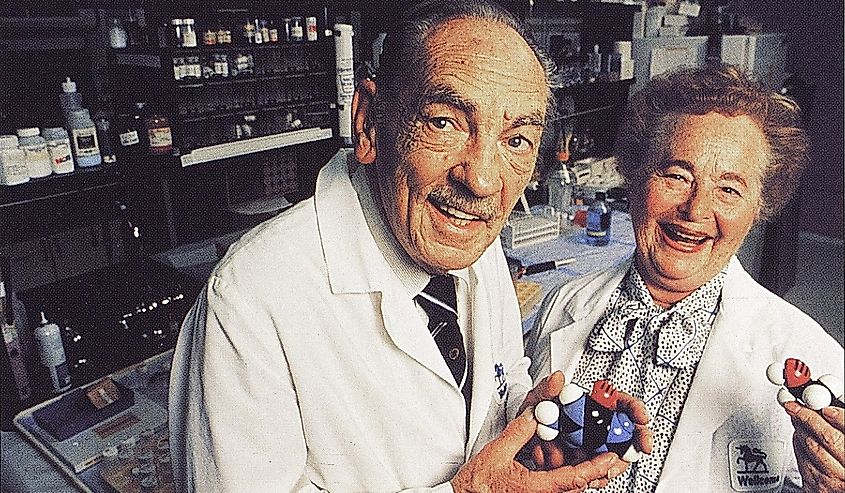
Gertrude B Elion was an American biochemist and pharmacologist who made groundbreaking contributions to the study of cancer and AIDS. She won the Nobel Prize for Physiology or Medicine in 1988 for discovering several vital drugs, such as 6-Mercaptopurine, Azathioprine, Imuran, Allopurinol, and Acyclovir. Elion was born on January 23, 1918, in New York City. She studied at Hunter College and graduated top of her class with a degree in chemistry in 1937.
Despite numerous job rejections due to her gender, she eventually joined Burroughs Wellcome in 1944, where she began working on pathogenic organisms causing diseases such as meningitis. Elion developed innovative techniques throughout her career that enabled her research team to analyze data quickly and accurately. These advances helped them identify the structures of new compounds, which were then used to create effective medicines to treat illnesses like leukemia, malaria, gout, and herpes virus infections. Elion also worked on vaccines for hepatitis B and immune-deficiency-based diseases caused by HIV infection.
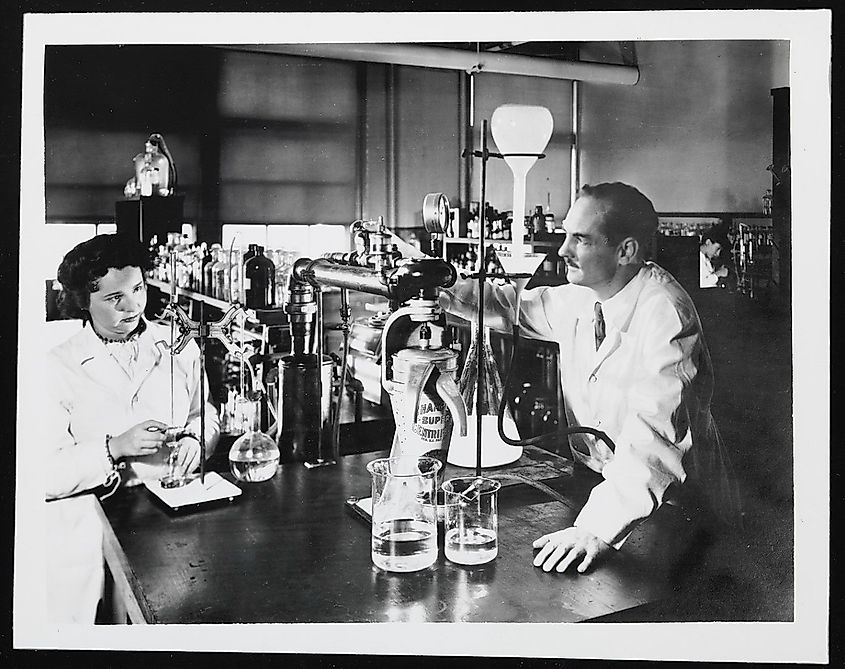
In addition to her work in science, she was a mentor for many young women who wanted to pursue careers in science or medicine, emphasizing the importance of self-confidence when entering a male-dominated field. Elion received numerous awards during her lifetime, including the National Medal of Science from President Reagan in 1991. She was inducted into the National Women's Hall of Fame in 1991 before her death on February 21, 1999, at age 81: a testament to her scientific achievements and legacy as a pioneering woman scientist advocating for others like herself.
The world has benefited immensely from the contributions made by these eight remarkable female inventors. Despite facing various personal and professional struggles, they demonstrated incredible tenacity and passion for their work, inspiring generations of women to follow in their footsteps. Their groundbreaking discoveries have advanced technology and medical science, making a lasting impact on our modern world. We owe them an incredible debt of gratitude for not only their work but also for paving the way for future women to make advancements in science, technology, engineering, and mathematics.











